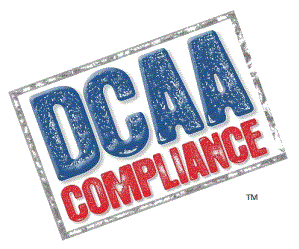If the design objectives associated with the Schedule I did not prove enough of a challenge (Entity and Timing), the implementation of those objectives appears, from the results, an impossible task. As discussed in the previous article, the Model Schedule I fails to address the cost requirement due to confusion about just which entity (government or contractor) is reporting their costs.
As to the timing issue, there is simply not much DCAA can do to address this flaw as there is no practical method to require contractors to match their billing to their costs (on the form’s required cash basis) without throwing out GAAP, probably a few internal controls, and addressing the entity issues.
A final Design problem arising out of both the entity and the timing issue is Cost Sharing contracts. DCAA seems to blatantly ignore the huge hole these contracts represent to the design and utilization of the Schedule I. A contractor with a cost sharing contract will record 100% of the contract costs on the Schedule H but only bill the government for their share of the costs, say 85%. DCAA’s Model Schedule I ignores this completely as have every DCAA auditor I worked this issue with.
If the basic design objective of the Schedule I is defined by the regulation to capture claimed and billed costs for reconciliation the DCAA Model I fails to meet tis design objectives by:
- Confusing contractor and government costs
- Assuming GAAP matching on a cash schedule (timing)
If I am wrong about the design objectives, please enlighten me.
